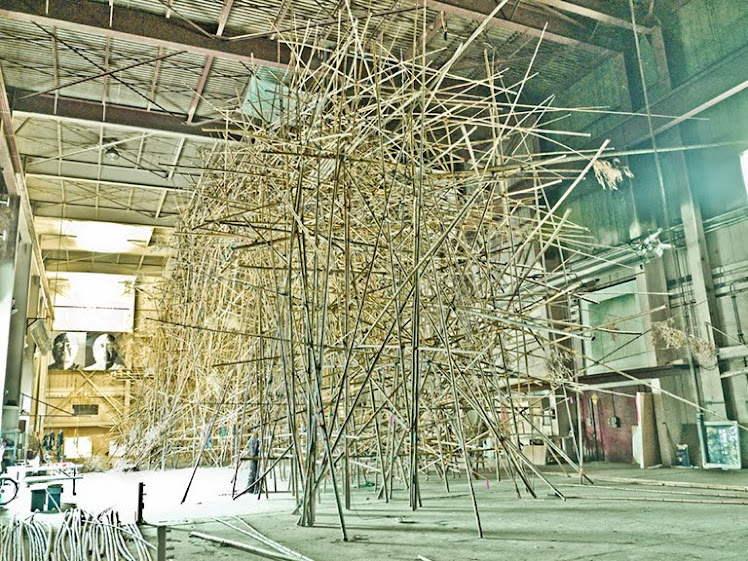I have noticed a lot of the class's pieces have been dealing with nostalgic themes; maybe it's because you are at that stage in your life or maybe it has a deeper cultural connection... Anyway, here are just a few articles that explore some of the varied approaches and discussions about the subject of nostalgia in contemporary art:
Monday, November 22, 2010
Wednesday, November 3, 2010
Types of Wood Joints to consider:::
List of joints (click on links for details)
Traditional woodworking joints
- Butt joint; the end of a piece of wood is butted against another piece of wood. This is the simplest and weakest joint.
- Miter joint; similar to a butt joint, but both pieces have been cut at a 45 degree angle.
- Lap joints; one piece of wood will overlap another.
- Box joint, also called a finger joint, used for the corners of boxes. It involves several lap joints at the ends of two boards.
- Dovetail joint; a form of box joint where the fingers are locked together by diagonal cuts.
- Edge joint; the edges of two boards are joined.
- Dado joint; a slot is cut across the grain in one piece for another piece to set into; shelves on a bookshelf having slots cut into the sides of the shelf, for example.
- Groover joint; the slot is cut with the grain.
- Tongue and groove. Each piece has a groove cut all along one edge, and a thin, deep ridge (the tongue) on the opposite edge. If the tongue is unattached, it is considered a spline joint.
- Mortise and tenon; a stub (the tenon) will fit tightly into a hole cut for it (the mortise).
Nontraditional woodworking joints
- Pocket hole joinery; a hidden screw is driven into the joint at an angle.
- Joints using metal connectors, which attach to the frame with nails or screws.
Traditional ways of improving joints
- Dowels, where a small rod is used internal to a joint to both help align on glue up and permanently strengthen the joint. Traditonal joints are used with natural timbers as they do not nees any other materials other than the timber itself. for example: Butt joints.
Nontraditional ways of improving joints
- Biscuit joints, where a small 'biscuit' is used to help align an edge or butt joint on glue-up.
- Domino jointer, a trademarked tool similar to a biscuit jointer, where a piece larger than a biscuit has some of the advantages of dowels, and some of the advantages of biscuits.
Subscribe to:
Comments (Atom)
